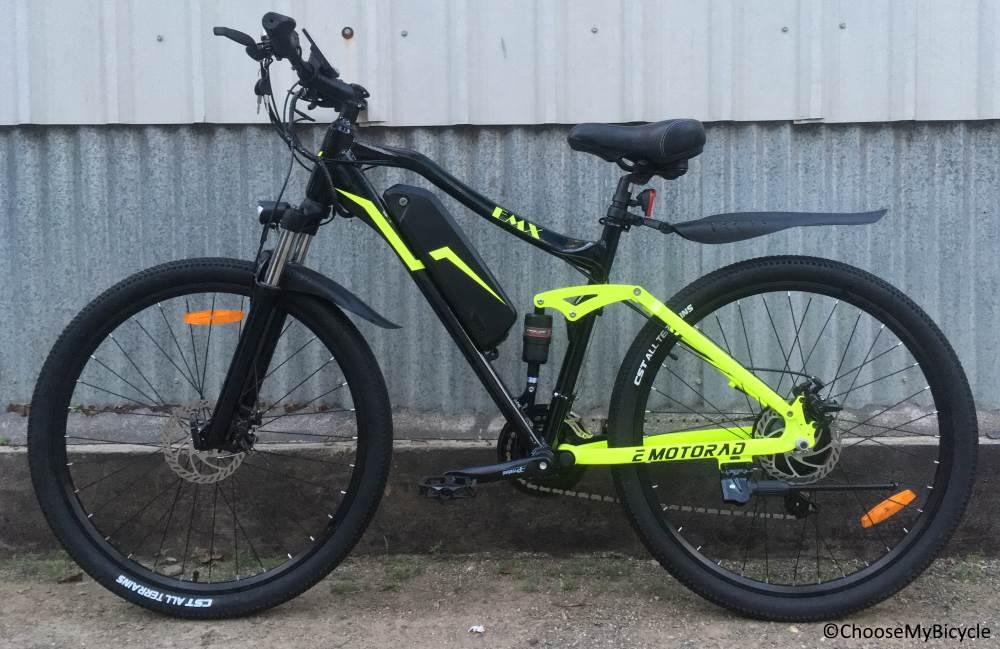When you’re buying a home, you'll be asked about homeowners insurance and private mortgage insurance (PMI), both of which will add to homeownership costs but serve very distinct purposes. Home insurance is designed to insure your home and property against the cost of potential damage and gives lenders peace of mind that your property is protected.1 PMI, on the other hand, reduces your mortgage lender’s risk of losing money if you can’t meet payments.2
In this guide, we’ll explore the details of each, take a closer look at their differences, and help you decide how to best protect your investment during the homebuying process.
What's the Difference Between Homeowners Insurance and PMI?
| Homeowners Insurance | Private Mortgage Insurance (PMI) |
| Protects your property | Protects the mortgage lender in case of non-payment |
| Usually required for homeowners with mortgages | Typically required on conventional loans with <20% down payment; always required on FHA loans |
| Average yearly cost of $1,211, with no upfront fees | Annual cost is a percentage of the original loan amount, and may have initial mortgage insurance fee |
Protection and Coverages
Homeowners insurance financially shields you from lawsuits if someone gets hurt on your property. It also insures your home and property from damage- or loss-related expenses caused by unforeseen events. This insurance is best for someone wanting to protect their house and belongings.
Your home insurance policy may include coverage for your:
- Home’s structure
- Personal belongings
- Liability in lawsuits for injuries that you, your family members, and pets cause to other people
- Medical expenses if someone is hurt in your home
- Extra living expenses while your home is uninhabitable
Standard homeowners insurance policies typically exclude damage caused by natural events like floods, mold, earth movements such as earthquakes and landslides, and sewer or drain backups or overflow.
PMI differs in that it does not protect the property itself, but rather the loan on the property. It is a kind of mortgage insurance used with conventional loans to protect the lender if you cannot make payments.
Note
PMI is a protection for the lender, not the homeowner.
Requirements
Lenders typically require home insurance when you have a mortgage, to ensure the asset is financially protected. In fact, it's safe to assume that if you have a mortgage, then you are most likely required to have homeowners insurance.1 Regardless of whether it’s needed, however, having home insurance can make good financial sense because of the high replacement cost of homes and costly lawsuits. Monthly premiums can be much less than what you would ever have to pay to rebuild your home or replace all your possessions in the event of a covered disaster, or if you’re sued because a visitor got hurt.
You’re typically required to get PMI when you supply a down payment of less than 20% of your home’s purchase price when taking out a conventional loan, or if you’re refinancing your home and the equity is less than 20% of its value. For Federal Housing Association (FHA) mortgage loans, a mortgage insurance premium (MIP)—the equivalent of PMI—is always required.
Note
You be able to forgo PMI for smaller home loans, but this could result in a higher interest rate.3
The earliest you can cancel your PMI is when your principal balance falls to 80% of your home’s original value.3 This is defined by its contract sales price or appraised value at purchase (whichever is lower). You must have a history of on-time payments and be up-to-date with your bill when requesting cancellation. Be sure to check with your lender for lender-specific requirements.3 Depending on your LTV ratio when you took out your FHA loan, your loan terms may require you to maintain your MIP for 11 years, or the length of your mortgage.4
Cost
The cost of your homeowners insurance policy depends on various factors, including your claim history and your home’s value, age, and location, but the premium nationwide averages $1,211 per year.5 Important factors determining what PMI costs are your credit score and loan-to-value (LTV) ratio—the percent of your loan left to pay after your down payment.6 The latest average rates are as little as 0.58% to as much as 1.86% of the loan’s value. For MIP associated with FHA loans, the annual rate is 0.45% to 1.05%, depending on the LTV ratio and mortgage term. It also has an additional upfront MIP of 1.75% of the loan amount.4
Homeowners typically pay this insurance through their escrow account when making monthly mortgage payments. The lender then disburses payments when a bill is due.
PMI and MIP are added to your total monthly payment made to your lender, your closing costs, or both.1 FHA loans have the additional cost of an upfront MIP, which can be paid with closing costs or rolled into the mortgage amount.
Note
If you’re obligated to purchase insurance but don’t, your lender can buy it for you, then charge you. This forced insurance can be more expensive than what you would buy on your own and may protect only the lender.
The Bottom Line
Homeowners insurance protects your house and property, while mortgage insurance protects your lender. If you have a mortgage, you're most likely required to have homeowners insurance, but mortgage insurance may or may not be required, depending on the status of your loan and your lender's preferences. Either way, if you want to protect your property and your investment, homeowners insurance is a smart move. Remember that PMI insurance is actually for your lender's security, so you may wish to avoid purchasing a PMI policy when possible.





